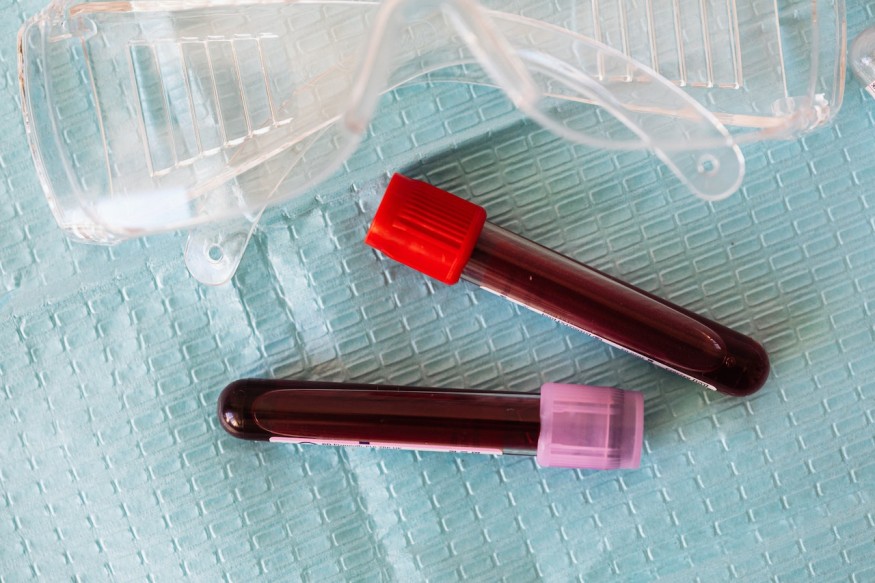
With red-colored blood, humans have similar blood as other vertebrates from the animal kingdom. However, even if this may seem common, not every animal has blood that is red.
Hemoglobin: The Reason Why Humans Have Red Blood
According to the Forest Preserve District Will County, humans have this red-colored blood because it is full of hemoglobin, which contains iron and protein molecules that have a red color. It is the iron that specifically grants hemoglobin its hallmark red color, according to the National Institute of General Medical Sciences. Hemoglobin is a crucial component of human blood because it is in-charge of moving oxygen within the body.
Animals With Blood That Aren't Red Do Not Have Hemoglobin
Animals that aren't dependent on this component for the transportation of oxygen do not have red-colored blood. This is because they do not have hemoglobin within their stream. Such animals include octopuses, squid, and certain crustaceans. In such animals, the hemocyanin within the blood does not have any color. However, because it has copper within it, its color becomes blue when bound with oxygen.
Another protein known as hemerythrin provides the pink-purple color of mollusk blood.
Moreover, though generally all vertebrates have blood that is red, there is one exemption that is known to humanity. The Scotia Sea icefish, or blackfin icefish was seen to have white blood flow within it. According to Quanta Magazine, this makes it the world's only known vertebrate with blood that is not red-colored.
Hemolymph: A Blood Alternative
Throughout the animal kingdom, human-like blood is not always present as well. Each vertebrate has a circulatory system that is closed and makes use of veins and arteries to move blood within the body. However, animals are lacking when it comes to such a system. Rather than that, they are armed with an open system that enables fluid to move within their bodies even without the help of the veins and arteries.
Rather than blood, such insects have hemolymph, a fluid that moves waste and nutrients in order to maintain the lubrication of tissues. Insects also pump out the fluid within the body but their hearts have structural differences with that of vertebrates, according to the Forest Preserve District Will County.
Water makes up the most of hemolymph. However, it is also filled with amino acids, lipids, hormones, carbohydrates, glycerol, pigments, and ions. Such pigments are responsible for the color of the fluid. However, such colors are usually clear or have minimal hints of green and yellow.
Why Are Human Veins Blue?
Going back to the red blood of humans, the Forest Preserve District Will County notes how blue-looking veins are but an optical illusion. One can view the veins that sit beneath several fat and skin layers. Such skin scatters the light wavelength and enables blue light to reflect into the eyes.
RELATED ARTICLE : Microplastics Found in Human Blood For The First Time; How Do These Tiny Particles Affect Our Health?
Check out more news and information on Biology in Science Times.
© 2025 ScienceTimes.com All rights reserved. Do not reproduce without permission. The window to the world of Science Times.











